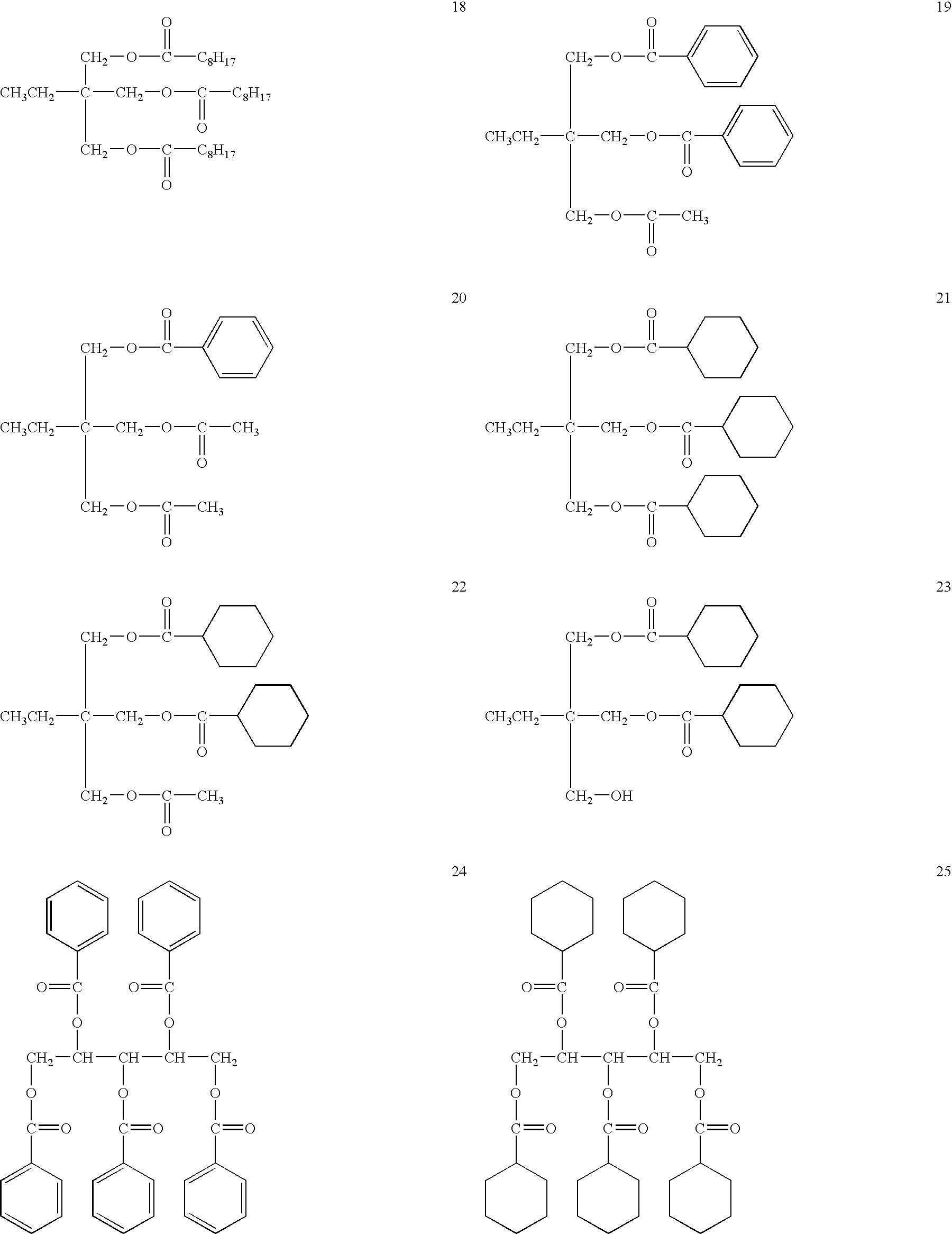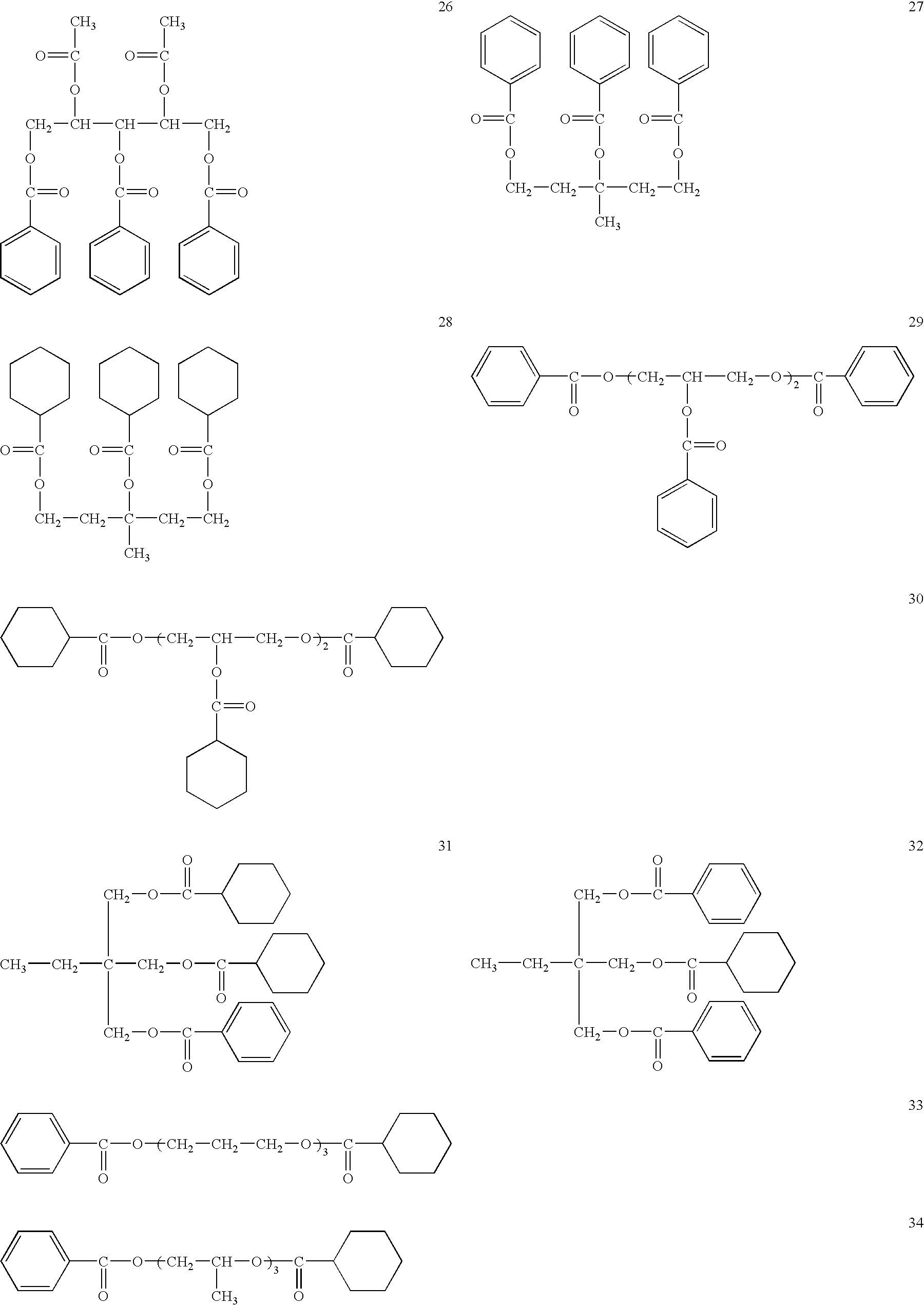Retardation film, polarizing plate, and liquid crystal display device
a technology of retardation film and polarizing plate, which is applied in the direction of polarizing elements, instruments, transportation and packaging, etc., can solve the problems of low productivity of norbornene film using water-based adhesives, affecting display quality (viewing angle) of liquid crystal display devices, and changing retardation values reversibly, etc., to suppress the fluctuation of retardation values and display qualities. stable
- Summary
- Abstract
- Description
- Claims
- Application Information
AI Technical Summary
Benefits of technology
Problems solved by technology
Method used
Image
Examples
embodiment 1
[0188] First will be explained a method of measuring Ro, Rt, and S.
[0189] The inventors measured average refraction indexes of film components by an Abbe refractometer (4T) and film thicknesses by a commercially available micrometer.
[0190] The inventors kept film samples in a test environment of 23° C. and 55% RH for 24 hours, measured their retardations at a wavelength of 590 nm by an automatic double refractometer KOBRA-21ADH (manufactured by Oji Scientific Instruments), assigned the obtained average refraction index and film thickness values to the following equations, and calculated in-plane retardation (Ro), retardation (Rt) along the thickness of the film sample, and S values. At the same time, the inventors measured the directions of slow axes of the film samples.
Ro=(nx−ny)×d Equation (i)
Rt=S×d Equation (ii)
S=((nx+ny) / 2−nz) Equation (iii)
[0191] (where “nx” is a maximum refraction index of the film surface, “ny” is a refraction index in the direction perpendicular ...
embodiment 2
[0207] The inventors prepared cellulose ester film 201 in the same conditions as cellulose ester film 102 of Embodiment 1 but Embodiment 2 uses the following heat treatment.
[0208]
[0209] The inventors prepared cellulose ester film 201 by taking the steps of stretching a web by the tenter, drying the web by a hot dry air of 105° C. in the conveying and drying process equipped with upper and lower rolls until the quantity of residual solvent is 0.3 mass %, keeping the dried film at 110° C. in an environment (whose atmosphere change rate is 25 times an hour), sandwiching the web by multiple sets of nip rolls to give a pressure of 10 kPa to the web, cooling the web down to the room temperature, and taking up the web by a take-up roll.
[0210] The inventors prepared cellulose ester films 202 and 203 in the same test conditions but the heating temperature, atmosphere change rate, and pressurization are changed as shown in Table 2 and the free volume radius is controlled.
[0211] The atmosph...
embodiment 3
[0222]>
[0223] The inventors prepared an alkaline-saponificated polarizing plate from the above-prepared cellulose ester films as the raw material samples.
Saponification process: 2M-NaOH50° C., 90 secondsRinse process: Water30° C., 45 secondsNeutralization process: 10 mass % HCl30° C., 45 secondsRinse process: Water30° C., 45 seconds
[0224] After the saponification, rinse, neutralisation, and rinse processes in that order, the films were dried at 80° C.
[0225]
[0226] (Polarizer A: polyvinyl alcohol)
[0227] The inventors prepared a 24 μm-thick polarizer by taking the steps of uniaxial-stretching a polyvinyl alcohol film of 120 μm thick (at a temperature of 110° C. and a stretching magnification of ×5), immersing the drawn film in an aqueous solution of 0.075 g of iodine, 5 g of potassium iodide, and 100 g of water for 60 seconds and then in an aqueous solution of 6 g of potassium iodide, 7.5 g of boric acid, and 100 g of water at 68° C., rinsing and drying thereof.
[0228] (Polarizer B...
PUM
| Property | Measurement | Unit |
|---|---|---|
| Length | aaaaa | aaaaa |
| Length | aaaaa | aaaaa |
| Nanoscale particle size | aaaaa | aaaaa |
Abstract
Description
Claims
Application Information
 Login to View More
Login to View More - R&D
- Intellectual Property
- Life Sciences
- Materials
- Tech Scout
- Unparalleled Data Quality
- Higher Quality Content
- 60% Fewer Hallucinations
Browse by: Latest US Patents, China's latest patents, Technical Efficacy Thesaurus, Application Domain, Technology Topic, Popular Technical Reports.
© 2025 PatSnap. All rights reserved.Legal|Privacy policy|Modern Slavery Act Transparency Statement|Sitemap|About US| Contact US: help@patsnap.com



